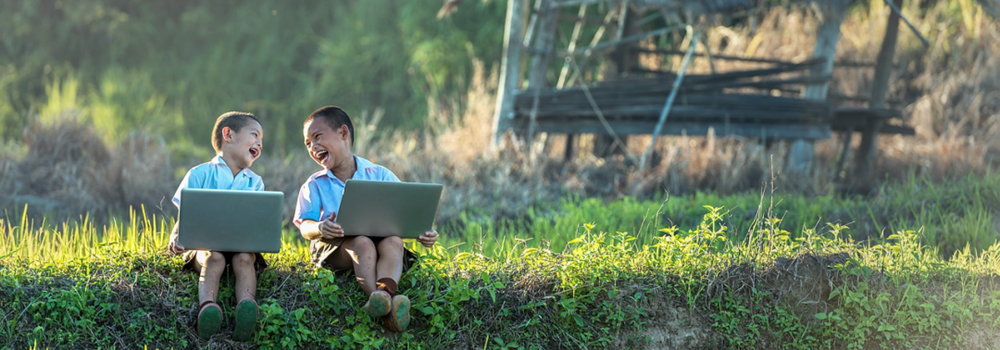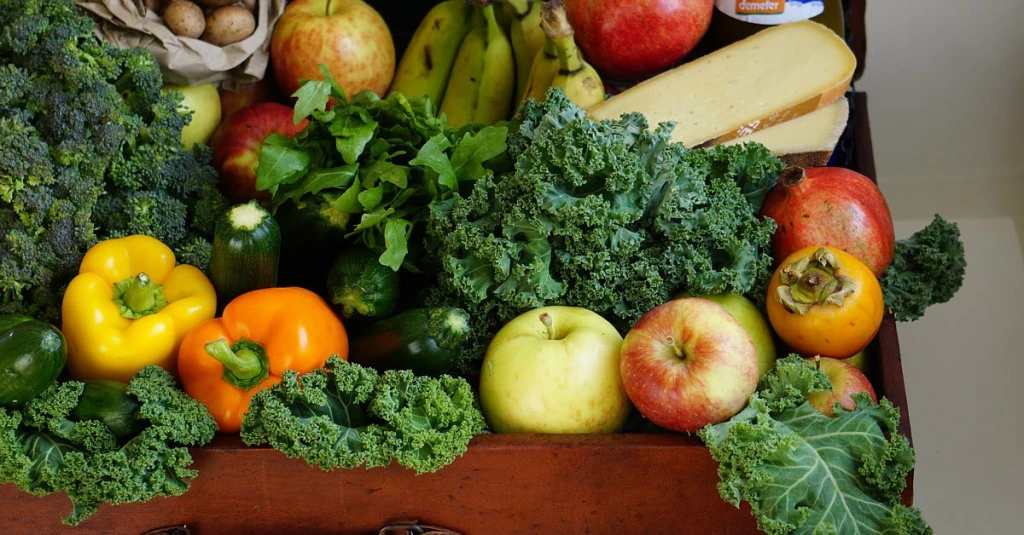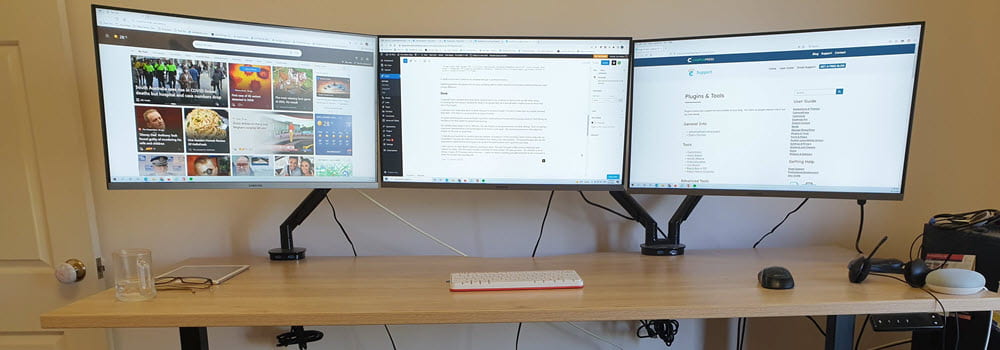Through ETMOOC participants like Lorraine Boulos are realizing “I am not just learning HOW to connect but WHY connect” and are now trying to transfer the skills they’re learning into their classrooms.
So I’ve put together tips for getting the most out of blogging with your student (you can watch the recorded ETMOOC student blogging session here).
For more information I recommend you work through our step by step guide to blogging with students.
About my work
But first to help you appreciate why I was asked to facilitate blogging session — I’ve been supporting educational blogs on Edublogs.org, Edublogs Campus and WPMU DEV since 2008.
We host over 2 million Edublogs worldwide in all educational sectors (K!2, Colleges, Universities, Vocational Education and Training, and more).
Pretty much 365 days a year I provide blogging assistance and get to see how blogs are used by different sectors globally.
The following ClustrMaps is from The Edublogger to provide you with an indication of the spread of educational blogging.
How blogs are used
There is no one way to use a blog; educators use blogs for a wide range of purposes (as shown in the graphic below).
You can read a more detailed explanation of how educators use blogs here.
The different blogging approaches used
While there is a wide range of reasons why educators use blogs; there are four main blogging approaches taken when educators use blogs with students.
These are:
- Class blog only – the educator publishes all the posts on the class blog and the students may respond by leaving comments.
- Class blog only – the educator and students both publish posts on the class blog.
- Student blogs only – each student has their own individual blog and there is no class blog.
- Class blog and student blogs – the educator publishes all the posts on the class blog and each student has their own individual blog.
Scaffold vs Struggle
The question is ‘scaffold vs struggle’. Can you be too helpful when introducing blogging to students?
Jan Smith‘s advice is:
The big idea is to go slow to go fast.
If you don’t lay the groundwork by building a community of trust, risk, support with your kids they fail big.
Reading and commenting have to be the core, or else a blog is just a digital bulletin board.
Being an expert at Grand Theft Auto on the X-box doesn’t mean you can jump in a car and drive it without being taught how to drive a car. We teach our kids to drive because we know they need lessons to scaffold them from needing driving instructions to becoming independent drivers.
By doing so we’re hoping this is less likely to happen:
It’s the same with our students when it comes to using technology in an educational context. They might have grown up with technology but this doesn’t mean they’ll know how to use it in an educational learning context.
Almost all educators who blog well with their students use scaffolding – regardless of the age of the students. It’s like teaching someone to drive a car. They break down the process into key steps from learning to blog to becoming independent connected learners.
Here’s an example:
- Bianca learnt to blog in Grade 2 in 2010 (in Kathleen Morris’s class) where she progressed from learning how to write quality comments, to writing posts on the class blog to having her own student blog.
- Bianca has been in non blogging classrooms for the past 2 years and has continued to blog independently on her own student blog.
Below are the key scaffolding steps when using blogs for connected learning:
Digital footprint and your role
But before talking more about blogging we need to discuss digital footprint and your role in your student’s digital footprint.
Digital footprint is becoming an issue for us as students become more aware of their own digital footprint and how to check it. We’re being contacted by former students, or their parents, regarding posts, comments or photos made of blogs back as far as 2008.
Google cache’s all websites so Google doesn’t need to constantly index webpages. We can remove comments, posts, images from a blog on our servers and it can take a looooong time for it to disappear from Google Search results.
You can read more about how Google Cache works here.
This is why it is really important to educate students on digital footprint and leave it for them to create their digital footprint when they are older (or if they are University students let them decide if they want the blog to be part of their digital footprint).
Our recommendations are:
- Never use full names for students.
- Use only their first name or a pseudo name and apply this rule to their username, blog URLs, any photos (including file names), documents, comments.
- Educate their family e.g. encourage family to leave comments such as Matt’s mum or Samantha’s nana.
Developing quality commenting skills
If commenting skills are not taught and constantly reinforced, students will limit their comments to things like “I like your blog!” or “2KM is cool!”. While enthusiasm is high with these sorts of comments, students are not developing their literacy skills or having meaningful interactions with other members of the blogging community. Conversations in the comment section of a blog are such rich and meaningful learning experiences for students. Conversations begin with high quality comments.
Blogging is an authentic avenue for developing student literacy skills. When you invest the time in teaching, modelling, revising and promoting high quality writing of comments, students can make great gains in their overall literacy development.
Check out improvements in student literacy skills through commenting here.
Set your standards high from the start and reap the rewards!
Tips from participants in the student blogging webinar for developing quality commenting skills included:
- Provide fast, good, meaningful feedback that models the type of commenting you are targeting.
- Show Linda Yollis’s ‘How to compose quality comments‘ video.
- Start with a paper blogging lesson which includes commenting using Post-it notes. We stress that you comment to keep conversations going (check out Learning to blog using paper).
- Use an offline snowball activity. Teacher provides a writing prompt and students write a post. The paper is crumpled and tossed around the room until about 3 students have responded to their writing. It is then returned to the original writer and the class debriefs the process.
- Tour of blog comments may be helpful to showcase how it is done (here are some blogs to check).
Creating Global Connections
Connecting with other classes can have a huge impact on your class blog because:
- Your students benefit from having an authentic and global audience
- You gain from being supported by other educators — increasing your skills and developing new ideas that benefit your students
An authentic and global audience is important because:
- When students are writing or publishing for an audience other the teacher, it impacts how they view what they doing and the intrinsic motivation they have.
- Students love seeing their work on the Internet and adore getting comments from people. It motivates them to write as it gives them an audience that is real. The blog opens up a whole new world of people who can offer encouragement and feedback.
- Blogging provides an authentic educational experience, where what they write is not only seen and commented on by their teacher, but by their peers and the “public.” For most students, it’s a bit of extra motivation knowing their peers will see their work.
- There is an authentic audience – a global audience – one that is willing to connect, share, challenge, discuss and communicate with classes. This audience can provide further information, opinions, suggest resources, seek answers to questions and so on which pushes blogging further.
- Provides real world problems and solutions to share.
Summarized from The State of Educational blogging in 2012.
Tips from participants in the student blogging webinar for global connections included:
- It’s important to have a shared vision of what is blogging and what it can be when engaging in projects with other classes. Worth taking the time to research the other class (aka spy on them) to see if you have similar shared visions).
- Joining a community like the Student Blogging Challenge, QuadBlogging and Global Classroom Project helps.
- Join relevant eLists, connect, liaise and then propose collaboration.
Read more about connecting with other classes here.
Getting Family Involved
Class blogs are an excellent way for parents to find out what is happening in class and what their child is learning.
As Kathleen Morris says:
You can’t leave parent participation to chance. Parents needs to be educated and regularly encouraged and invited to be part of your class blog.” If you want to get the most out of your class blog you need to help parent and students connect with and easily find your class blog.
But there’s nothing more frustrating trying to find your teacher’s website and not being able to find it — make it too hard and they’ll quickly give up.
It’s quite common for educators new to blogging to assume their class blog is easily found using Google or that students will write the blog URL correctly in their notebook. These aren’t good approaches and decrease the chances they will be able to find your class blog.
Experienced educators use several different methods to help parents and students:
- Understand what is a blog and how they can participate.
- Easily find the class blog.
Tips from participants in the student blogging webinar for getting family involved included:
- Having a family blogging month.
- Have grandparents write posts (here is an example).
- Have students teach parents how to comment on posts.
- Add your blog URL to your email signature, communicate with parents often and choose an obscure name for the blog.
- Link to the class blog from the school website.
Monitoring Student Blogs
The final key ingredient in student blogging is to make sure you monitor your student blogs.
It’s important to know what is happening on your student blogs and be able to act quickly if necessarily. Some educators do this by moderating all comments and/or posts so that only those they approve are published while others don’t and monitor student work using Google Reader.
Here’s what we recommend:
- Add yourself as an admin user to all student blogs so you can easily log into their dashboard to make changes if necessary.
- Monitor student work using Google Reader or some other option so you know what they are doing (you can do this using Users > Reports on Edublogs.org blogs)
- Add a link to all student blogs from your sidebar – set up a blog roll or use Class Blog widget if you’ve set up My Class.
If you are using My Class on an Edublogs.org blog this is done automatically for you when you set up My Class.
You can learn more about My Class here or watch the following videos.
For more information I recommend you work through our step by step guide to blogging with students.





Leave a comment